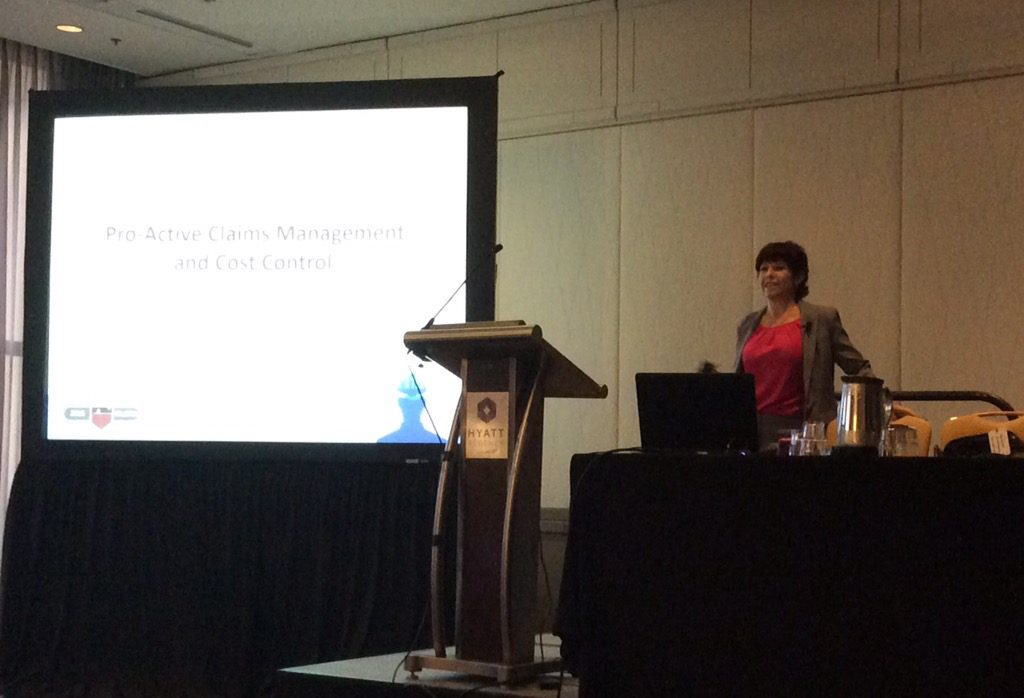Reducing Workers’ Comp Claims Costs Through Proactive Claims Management
Workers’ compensation costs throughout the U.S. have increased by 8-10% over the past few years. This may be attributed to an increase in medical costs and wages, which in turn raises the indemnity payouts. There are two ways to decrease these costs: (1) have fewer injuries and (2) improve management of the injuries when they occur. In this session at the PRIMA 2016 Annual Conference, Helaine Rumaner, CSP, ARM, Director of Risk Management, Houston, TX, explored some of the injury prevention programs one municipality in Texas has begun to implement and strategies to increase management of injuries in order to get injured employees back to work sooner.
MDGuidelines™ Implementation
MDGuidelines™ is a predictive-model tool that delivers information for effective decision-making, case management and return-to-work planning. It factors in elements like co-morbidities and develops a prognosis to estimate when the injured employee will heal. With this system, they were able to give doctors reports to, ultimately, determine modified duty and return to work. The system offers estimated minimum, optimum and maximum number of days for the length of disability. They used the optimum number as the goal date as to when they would start their employees on transitional duty jobs.
The reports also provided the opportunity to create engagement with injured employee through discussing their estimated heal time and return-to-work options. Overall, this system helped manage, not monitor, the return-to-work process.
Medical Provider Communication
They developed a dialogue with medical providers to proactively communicate job descriptions and light-duty job options. Prior to this communication, they let the medical providers tell them when and how the injured employee could return to work. Proactively providing the light-duty job descriptions, and letting the medical providers choose which transitional job was appropriate, helped to get their employees back to work sooner. They started managing their injuries, rather than letting the medical providers manage them.
In-Depth File Reviews
There is value in taking the time to understand why employees were out for so long due to injury. Most dread this step, however, it was important to find trends in developmental claims in addition to claims that were slipping through the cracks. By taking the time to review claims files, they were able to proactively develop safety action plans so that the injured employees could self-evaluate their status and so that the supervisors knew their role in the recovery and return-to-work process.


